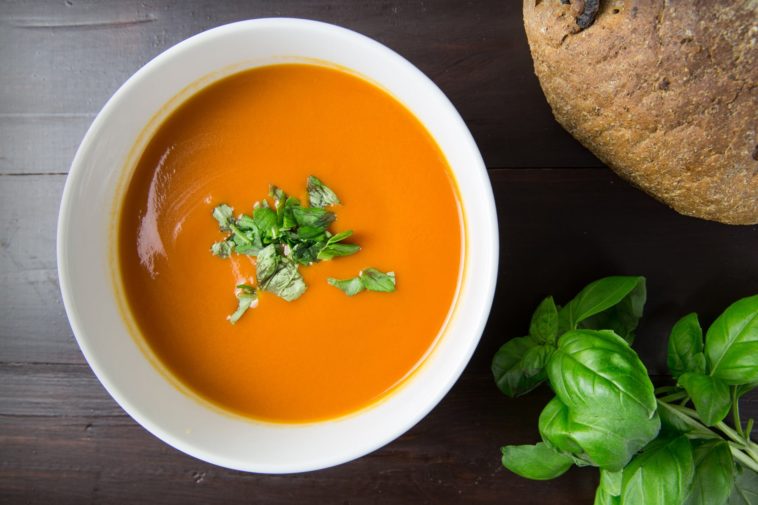Introduction of solid food is a major milestone and a very crucial and interesting stage in the life of a baby (and that of her mother), somewhere around 6 months of age. Prior to that, it’s strictly mother’s milk, all the way – after all, it’s allergy-free and infection-free and furthers the mother-baby bonding.
But, after about 6 months, breast milk alone is not sufficient for the growing baby, and hence the need for nutritionally adequate and safe complementary food. The fact that the baby’s teeth start sprouting around this age is a hint from none other than Mother Nature herself that your baby is fast getting ready for solid food (Mind you, here solid is a relative term, it actually means ‘semi-solid’ to begin with). So, slowly, but surely, you have to diversify your baby’s menu, switching from breast milk to semi-solid to finally solid food.
Initially, the idea is to gradually reduce the number of breast feeds from eight to one or two in a day. Yes, initially there will be some concerns – like how will the baby react to solid food? What should be the menu for the little one?
What are the different items on the baby’s solid food menu?
Designing a baby’s menu is no rocket science. While still breast-feeding, you may begin by introducing soups and purees (tomato, green peas, carrots and other nutritious and delicious vegetables)
Soups
Simple vegetable soup prepared by boiling an assortment of vegetables like carrots, green peas, French beans, spinach etc, with a pinch of salt and a much lesser amount of pepper is a good beginning. The more the variety of vegetables, the more the range of vitamins and minerals the baby will get. You can let some amount of little chewable chunks of vegetables for the baby to devour.
The second variety of purely vegetarian soups is ‘dal soup’ (pulses and lentils), prepared in much the same way as above.
If you are a non-vegetarian, you could well feed your baby some chicken soup – it’s highly nutritious and hence highly recommended.
Mashed Fruits / Vegetables
Fruits like bananas and apples are usually devoured by babies because of the sweetness and softness, which generally babies like. Banana can be given either mashed or as milkshake. Of course, the baby cannot chew, so the apple has to be parboiled and then fed in mashed form.
Later, you may start mashed boiled potatoes and other vegetables too.
Khichdi
Next, you can start with the quintessentially Indian ‘Khichdi’ – a power-packed mixture of dal and rice, full of proteins (dal) and carbohydrates (rice) boiled till it becomes semi-solid. You may add some curd or ghee to the khichdi initially or plain ‘dal’ to add to the taste and nutrition.
Milk-soaked Rotis/Bread
In what is typically an Indian tradition, many mothers serve their babies nutritious wheat rotis (or bread) soaked in sweetened milk.
For those who aren’t really good in the cooking department or do not like to spend much time in the kitchen, well there are a number of brands of age-appropriate powdered baby foods available in the market. No, don’t worry – they are good enough for your baby. They are scientifically prepared to serve just the right nutrition, are easy to prepare and delicious enough for the baby’s taste buds and most importantly, they are time-tested. But, of course, these infant cereals work only up to a certain age. So, sooner or later, you will have to start serving adult food.
CAUTION:
So dear mom, while this is the time to let your baby gorge on tasty, juicy solid food, take care not to overfeed. Mothers often tend to let their babies overeat with the wrong notion that eating more means better health.
Needless to say, every addition you make to the baby’s menu should be only after consulting her paediatrician who knows what is best suitable for your child’s health. Any indication of something unusual – allergies or uneasiness should be noted and brought to the doctor’s notice. If any ingredient is found to be causing allergies or gastric problems, it should be withdrawn immediately.
So, while this is the general menu, you can keep exploring and tailoring the menu to suit the nutritional requirements and the changing tastes of your baby. Happy feeding!


